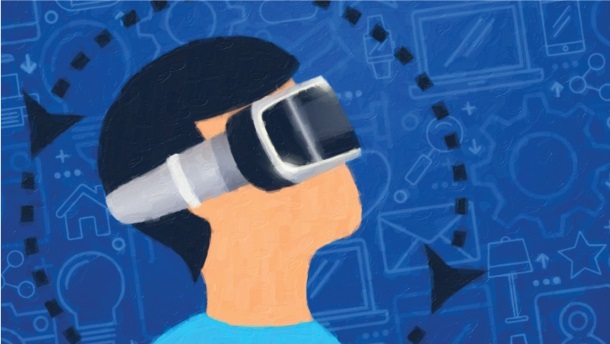
Summary: The fourth industrial revolution—riding on the back of data and analytics—was already underway as the COVID-19 pandemic struck. A faster and fuller adoption of this revolution will help companies get onto the path of recovery faster.
Industry 4.0, the fourth industrial revolution underpinned by use of data and analytics to deliver a superior operating performance, was already underway as the next big disruption across manufacturing and other industries before COVID-19 struck. A faster and fuller adoption of Industry 4.0 in the post-COVID world will help companies get onto the recovery curve faster and eventually outperform pre-COVID levels. Applications of Industry 4.0 technologies such as 3D printing, Internet of Things (IoT), drones, and augmented reality/virtual reality (AR/ VR), in particular, can play a prominent role in economic recovery.
3D printing or additive manufacturing use-cases so far have been largely limited to prototyping, educational models, and select industrial tooling. COVID-19 put more stress on the traditional model of large, centralised manufacturing as compared to distributed business models. 3D printing can enable manufacturing companies to reduce part of their dependence on large, central shopfloors and help them manufacture closer to customers with greater customisation and flexibility. This distributed approach to manufacturing will reduce peak employee strength required in large centralised manufacturing approach. It will also reduce manual intensity of associated logistics and supply-chain operations through simplifying them. This could be particularly useful for scaling-up manufacturing of high import intensity categories such as toys and other general manufacturing items where the country is aiming for self-reliance. Using 3D printing for spare parts manufacturing will also reduce inventory carrying costs.
Application of Internet of Things on shop floors will make remote monitoring and control possible for manufacturers, who would then not need to deploy excessive managerial layer in factories. Instead, it will be possible to monitor and provide management control remotely, even in the ‘work from home’ model. This would make shop floors much less crowded and staffed only with persons who have an absolute reason to be present on site. This would also have added benefits of enhanced industrial safety and better working conditions. Scheduling predictive maintenance through leveraging IoT and advanced analytics techniques such as machine learning will help in streamlining of operations with lesser unforeseen disruptions and human interventions. Application of AR/VR coupled with IoT will make remote diagnostics and troubleshooting possible. With automation of more and more factory equipment, the paradigm could permanently move to operators playing a supervisory and control role which could very well be performed remotely. Application of IoT in logistics can bring in much needed visibility into supply chains, helping companies schedule operations in a way that avoids concentrated peak times that need disproportionately higher employee density. Utilities could deploy IoTenabled solutions for metering and leakage detections to reduce manual intensity in their operations.
Adoption of unmanned aerial vehicles (UAVs) or drones can enable remote monitoring of large infrastructure projects during their construction stage and operations. They can also help in production monitoring for mining and such industries in remote areas. Drones can also be deployed to undertake land and site surveys for new projects. All these use-cases will make project or construction sites much less dense while enabling remote supervision and control. In a separate use-case, drones could also be used for faster delivery of critical medicines in remote areas if it is supported by enabling changes in drone regulations.
There are multiple stakeholders who need to act in a concerted manner for the country to realise its full potential. Firstly, industrial firms should adopt a new approach towards adopting Industry 4.0 technologies and use-cases— the traditional approach of doing lengthy pilot tests hampers building momentum for large scale adoption. They should think of Industry 4.0 transformation akin to the IT transformation that happened through the 1990s and 2000s—across the organisation, in project mode and with a full top management commitment and buy-in.
Policymakers, on their part, can further ease regulations to enable accelerated adoption and new use-cases especially in area of drones by allowing beyond line of sight operations with necessary safe-guards. The country’s educational institutions can promote delivery of skills in these areas through more programs oriented around Industry 4.0 skills. The New Education Policy 2020 envisages that India should take lead in preparing professionals in such Industry 4.0 areas and technologies such as 3D printing, machine learning, etc. Start-ups are critical for this change as a lot of innovation, especially in areas of IoT and drones, is being powered by them. There is strong case for more new enterprise in these areas. New entrants should aim at solving specific use-cases or problems faced by industries.
The revolution to apply Industry 4.0 technologies to transform industries was already shaping up. It may no longer simply be a choice, but an imperative for many organisations to survive and prosper in the post COVID-19 world.
Log In or become an AIMA member to read more articles
